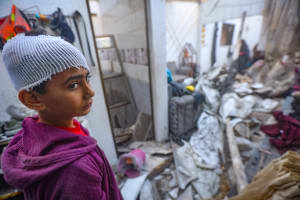Newly-renovated Wohl Archaeological Museum displays homes of Jewish priests from 70 AD
This museum is one of the historical landmarks in the Old City of Jerusalem

The Wohl Archaeological Museum in the Old City of Jerusalem, also known as “the Herodian Quarter Museum,” recently reopened after closing about two years ago for a massive renovation to improve the quality of the visitor’s experience. It is one of the landmark ancient history museums in the Old City.
The museum has been popular for years due to its distinctive subject, narrative and location, dedicated to the aristocrats' and Jewish priests' houses in ancient Jerusalem, which were destroyed during the city's conquest by the Roman legions under General Titus in 70 A.D.
The museum preserves the homes and all of its contents unchanged, or in situ.
Nahman Avigad and other archaeologists first unearthed the site during excavations after the 1967 Six-Day War, sometime during the 1970s before the rebuilding of the Jewish Quarter, previously destroyed by the Jordanian Legion between 1948 and 1967.
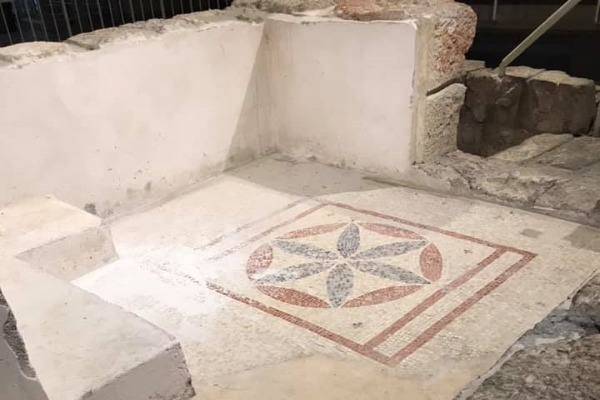
The archaeologists determined that the neighborhood functioned as a residential area for affluent priests employed in the Temple and was constructed during the Herodian period – the time of Jesus.
The museum, built and first opened after the excavations in 1988, is now located in the underground levels of houses of the Jewish Quarter. It includes a variety of remains, spread over an area of about 2,600 square meters (around 28,000 square feet). Its main part consists of large houses and mansions belonging to the upper quarter of ancient Jerusalem.
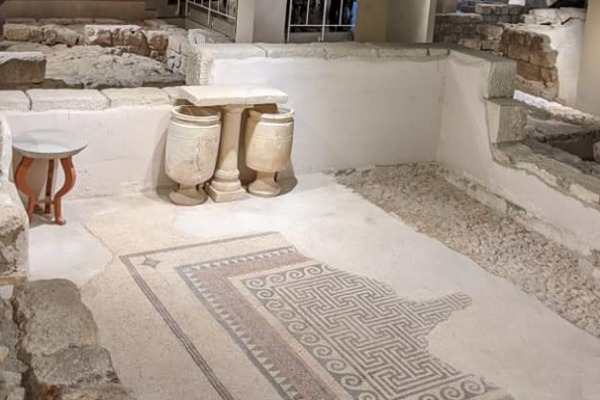
The luxurious homes were richly decorated with beautiful mosaics, ritual baths (mikvahs), water cisterns and frescos. Inside the museum, the remnants of six residences have been preserved, each dwelling arranged around central courtyards and comprising two to three levels each.
Among the discoveries unearthed in the 1970s excavation were numerous small artifacts, including fine pottery wares, jugs and oil lamps, as well as stoneware. The stone vessels were used by ancient Jews for purification rituals, as they believed they were not able to transmit ritual impurity. According to their belief, the water contained within them would purify those devoted individuals who used them for washing. Among the larger stoneware pieces were the "kalal," identical to the stone jars used in the renowned Cana wedding mentioned in the Gospel of John.
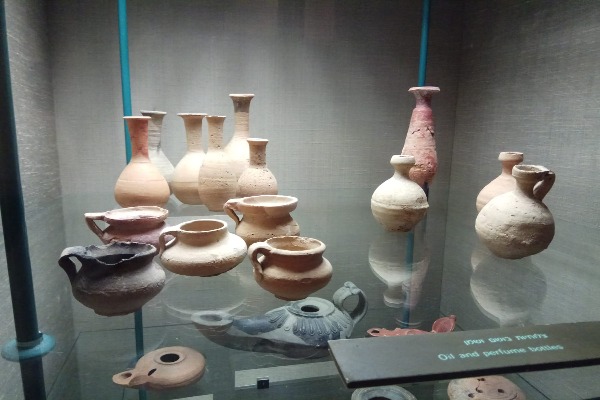
The wall paintings and architectural features of these houses reflect both Hellenistic and Roman design influences. Of particular note is the "Palatial Mansion," distinguished by its multi-tiered structure centered around a courtyard.
This majestic dwelling boasts an elaborately adorned reception space, reminiscent of aesthetics found in the Roman city of Pompeii, complete with remnants of fallen, sometimes burnt, wooden beams – a poignant reminder of the city's devastation 2,000 years ago.
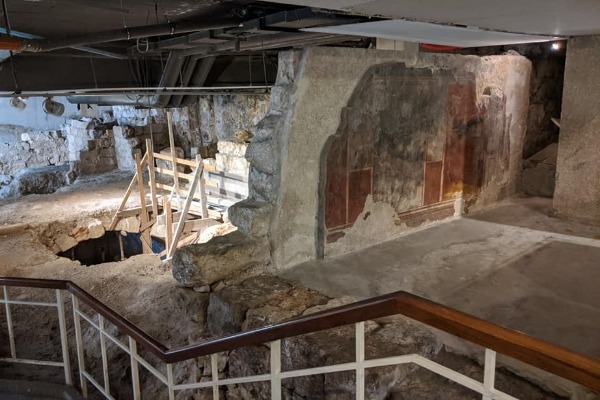
Throughout the renovations of the reconstruction and development of the Jewish Quarter, the remains of houses underwent meticulous renovation, while already-discovered mosaics were meticulously completed by skilled artists.
A specialized lighting and sound system was also installed, designed to accompany visitors as they traverse the site, lighting various exhibits and evoking the ambiance of Jerusalem during the Second Temple Period.
As part of the enhanced visitor experience, the Wohl Archaeological Museum includes audio-visual exhibits that provide an immersive experience, guiding visitors on a virtual tour through the ancient neighborhood to the Temple. The display features holograms, animations and videos projected onto the ancient artifacts, providing a compelling experience akin to walking alongside the pilgrims of that era.
The renovation also includes suspended glass pathways, which allow visitors to see the exhibit from above without stepping on ancient Jerusalem's fragile antiquities and old walls.
The investment for such a renovation at the “Priestly Quarter Complex” was substantial, about $5 million (ILS 18 million).
Among the significant findings in the Herodian Quarter, and still exposed inside the current museum, is a graffiti depiction of a seven-armed menorah, composed of two sections. Its form remains largely intact, with the showbread table visible on the right, positioned beneath the incense altar.
This discovery marks the earliest known instance of a menorah featuring decorated branches and illuminated fixtures. Carved in stucco, the graffiti portrays the menorah during its time in the Temple, likely crafted by a local priest familiar with Temple artifacts. Depicting a seven-branched menorah was uncommon during the period due to biblical prohibitions against representing sacred items.
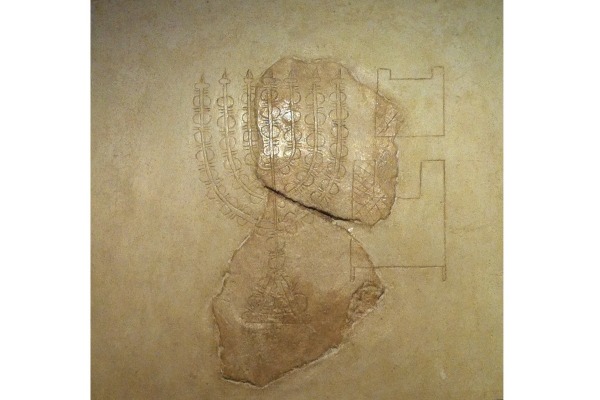
Some researchers suggest one of the discovered homes of the priest's quarter could possibly have belonged to Caiaphas, mentioned in the Gospels, rather than the traditional site of St. Peter In Gallicantu. This is because the home and its various rooms contain an internal patio open to the sky and may better fit the description mentioned in the scriptures.
Although the current war in Israel limits the arrival of tourists and guests, visitors who previously found the doors of the Wohl Museum closed will now be glad to see it open – and this time equipped with a brand-new technological upgrade.

The All Israel News Staff is a team of journalists in Israel.
You might also like to read this:










